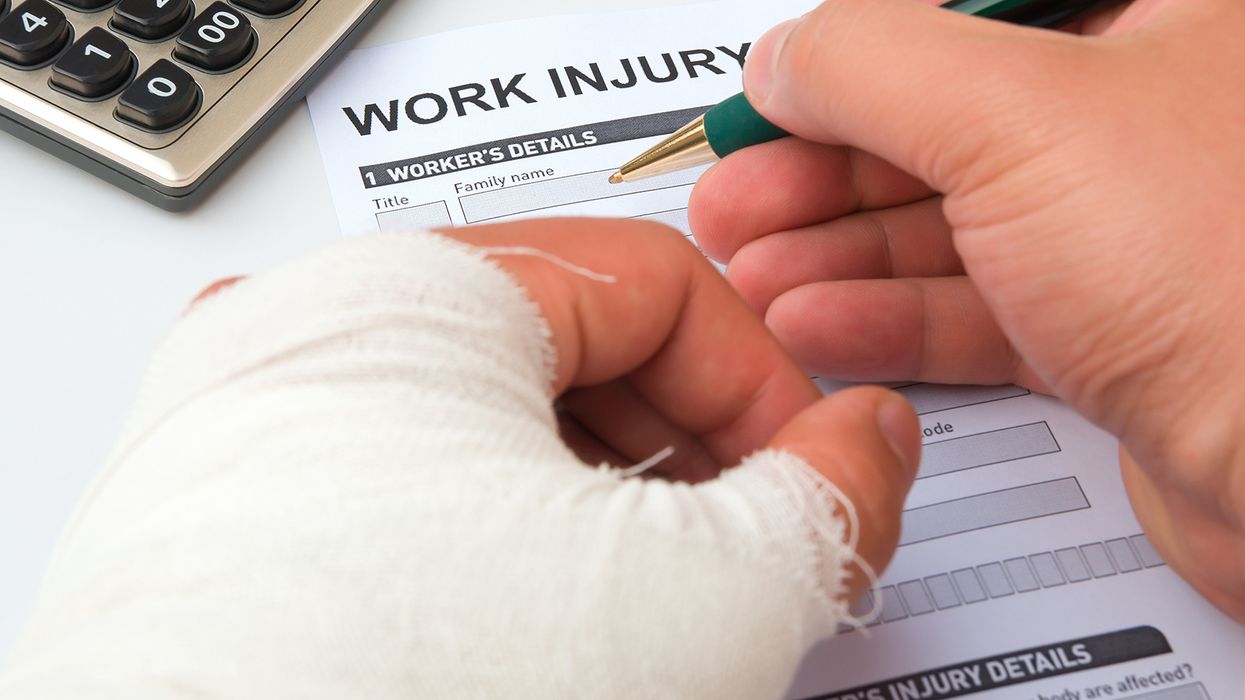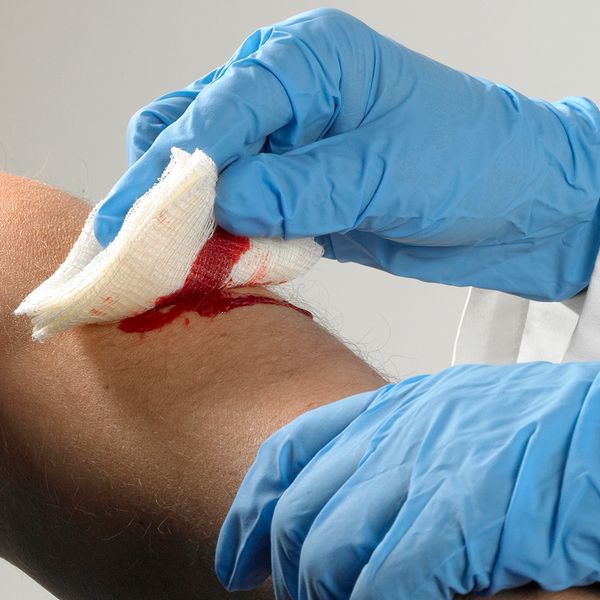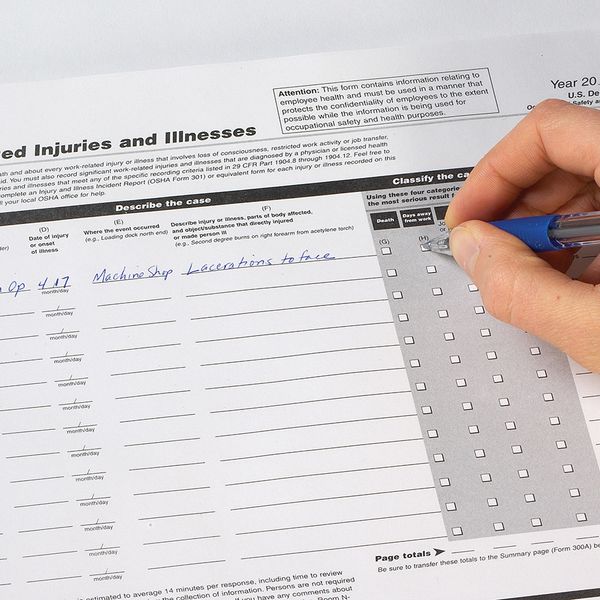There's no place like home; until there's a work-related injury!
OSHA requires employers to record work-related fatalities, injuries, and illnesses. But how do you know if an incident involving a work-from-home employee was work-related? First, you must determine work-relatedness.
Injuries and illnesses that occur while an employee is working at home are considered work-related if the injury or illness occurs while the employee is performing work for pay or compensation in the home, and the injury or illness is directly related to the performance of work rather than to the general home environment.
Exceptions to the rule
OSHA does have some specific exceptions that may apply. Here are their nine narrow exceptions in 1904.5(b)(2):
- (i) At the time of the injury or illness, the employee was present in the work environment as a member of the general public rather than as an employee.
- (ii) The injury or illness involves signs or symptoms that surface at work but result solely from a non-work-relatedevent or exposure that occurs outside the work environment.
- (iii) The injury or illness results solely from voluntary participating in a wellness program or in a medical, fitness, or recreational activity such as blood donation, physical examination, flu shot, exercise class, racquetball, or baseball.
- (iv) The injury or illness is solely the result of an employee eating, drinking, or preparing food or drink for personal consumption (whether bought on the employer's premises or brought in). For example, if the employee is injured by choking on a sandwich while in the employer's establishment, the case would not be considered work-related. NOTE: If the employee is made ill by ingesting food contaminated by workplace contaminants (such as lead) or gets food poisoning from food supplied by the employer, the case would be considered work-related.
- (v) The injury or illness is solely the result of an employee doing personal tasks (unrelated to their employment) at the establishment outside of the employee’s assigned working hours. Both conditions must apply — The injury must result from personal tasks, and it must be outside of assigned working hours.
- (vi) The injury or illness is solely the result of personal grooming, self-medication for a non-work-related condition, or is intentionally self-inflicted.
- (vii) The injury or illness is caused by a motor vehicle accident and occurs on a company parking lot or company access road while the employee is commuting to or from work.
- (viii) The illness is the common cold or flu (Note: contagious diseases such as tuberculosis, brucellosis, hepatitis A, or plague are considered work-related if the employee is infected at work).
- (ix) The illness is a mental illness unless the employee voluntarily provides the employer with an opinion from a physician or other licensed healthcare professional with appropriate training and experience (i.e., psychiatrist, psychologist, psychiatric nurse practitioner, etc.) stating the employee has a work-related mental illness.
If the injury does not meet one of these exceptions, the incident or illness would be work-related, and therefore recordable.
Even when working from home, OSHA considers a case to be work-related if it is more likely than not that an event or exposure in the work environment was a cause of the injury or illness. Remember, the work event or exposure only needs to be one of the causes; it doesn’t need to be the sole or predominant cause.
What about injuries while on lunch?
OSHA defines working hours to include assigned working hours, or all time the employee is expected to be present as a condition of employment, even if the employee is not on the clock. Since “assigned working hours” includes all time that the employee must be present as condition of employment, OSHA considers breaks and meal periods as assigned working hours.
So, workers who opt to leave the property and go out for lunch are considered to have left the work environment. Remember, working hours include all time the employee is required to be present as an employment condition.
At-home risks for a work-related injury or illness
Remote workers must be trained and aware of hazards lurking in their home offices that may result in a work-related incident or illness. These can include:
- Dropping a box of work documents causing injury to the toe, foot, etc.
- Getting injured off-the-job, then the injury is aggravated while at work (home or office). This would become work-related because there’s a connection between the injury and the workplace.
- Tripping over a shoelace, notebook, or loose rug during work hours. NOTE: Tripping over the family pet while rushing to answer a work phone call is not considered work-related since OSHA doesn’t consider the pet part of the normal work environment.
- Punctured a fingernail by a needle from a sewing machine used to perform garment work at home, which becomes infected and requires medical treatment.
- Being bitten by a spider that requires medical treatment. There’s no exception for insect bites, bee stings, dog bites, or exposure to plants like poison ivy. Any of these events are work-related simply because they occur at work.
Keys to remember: Employers and work-from-home employees must understand what injuries and illnesses are work-related and therefore OSHA recordable. To be considered work-related, injuries and illnesses that occur while an employee is working at home must occur during the performance of paid work and be directly related to the work rather than the general home setting.
































































